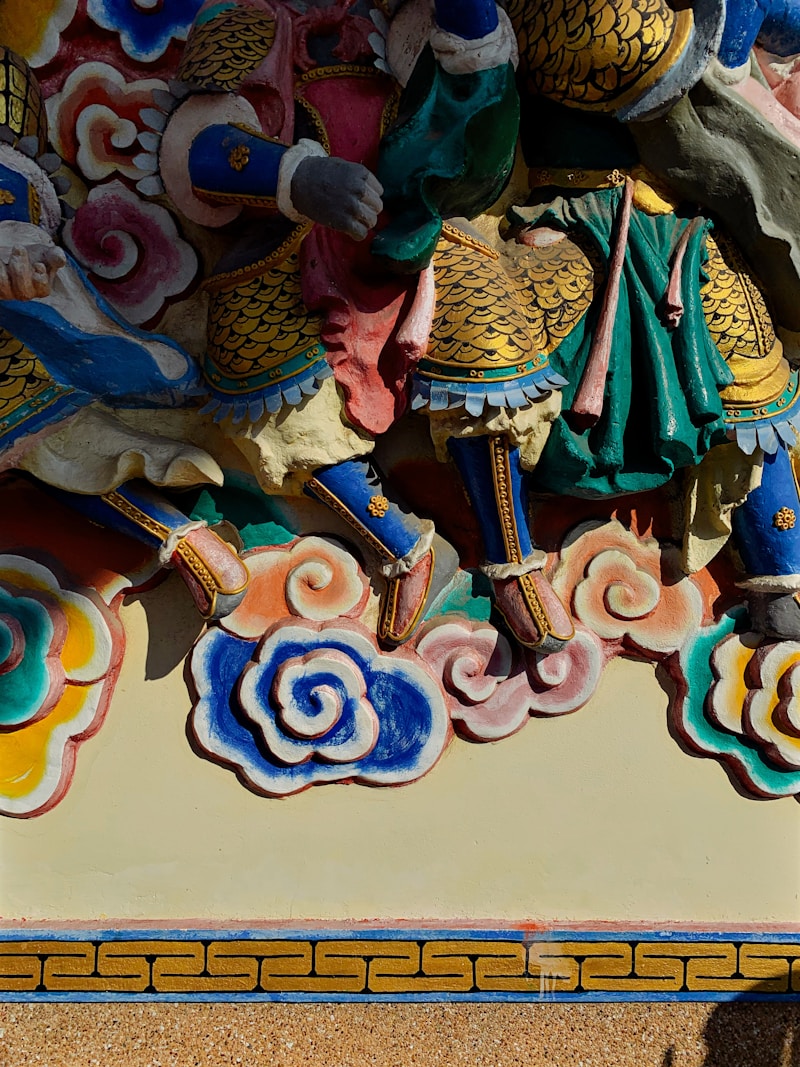Finding Balance Between Tradition and Individuality: A Journey to Self-Discovery
Finding Balance Between Tradition and Individuality: A Journey to Self-Discovery
In an age where globalization sweeps across borders, the importance of finding balance between tradition and individuality has never been more critical. As we embrace the unique aspects of our identities, we must also honor the customs and traditions that have shaped our heritage. This article explores the significance of this balance, offers insights into how to achieve it, and discusses various cultural perspectives around the world.
The Importance of Tradition
Traditions are the backbone of our cultures. They embody the values, beliefs, and practices that have been passed down through generations. In many societies, rituals and traditions serve as a means of connection, fostering community spirit and belonging. For example, in Chinese culture, traditional practices such as the Spring Festival play a crucial role in uniting families and preserving cultural heritage.
Benefits of Upholding Traditions
| Benefit | Description |
| Cultural Identity | Traditions reinforce a sense of belonging and cultural continuity. |
| Social Cohesion | Shared rituals and festivals strengthen communal bonds. |
| Historical Awareness | Understanding traditions can provide insights into the past and cultural evolutions. |
While traditions are invaluable, they can sometimes feel restrictive, especially for individuals seeking to express their uniqueness. This is where the challenge of balancing tradition and individuality comes into play.
The Quest for Individuality
On the flip side of the coin, individuality is about self-expression and personal freedom. In a world that often pressures individuals to conform, embracing one's unique traits and personality can be a revolutionary act. Historical figures like Frida Kahlo and Virginia Woolf showcased the importance of individuality, challenging societal norms and opening doors for future generations.
Finding Your Voice
Searching for individuality doesn't mean completely rejecting traditions. Instead, it involves interpreting them through a personal lens. For instance, many young artists today integrate traditional techniques with modern styles, resulting in unique artworks that pay homage to their roots while speaking to contemporary themes.

Bridging the Gap: Achieving Balance
Finding balance between tradition and individuality requires introspection and conscious effort. Here are some steps to help navigate this journey:
1. Self-Reflection
Take the time to reflect on your cultural background and what traditions resonate with you. Understanding your roots can empower you to embrace aspects of your heritage while also exploring new avenues for self-expression.
2. Experiment and Innovate
Do not hesitate to experiment with traditional practices. For example, if you enjoy cooking, try modernizing a classic dish by introducing new flavors or techniques. This not only honors tradition but also allows you to showcase your creativity.
3. Community Engagement
Engaging with your community can also help strike this balance. Participate in local cultural events where traditions are celebrated but also allow for personal expression. This could involve contributing your artistic talents or facilitating discussions about the evolving nature of cultural practices.
Global Perspectives: Tradition vs. Individuality
Different cultures approach the notion of tradition and individuality in unique ways. In Western societies, individuality is often prioritized, leading to a greater emphasis on personal freedom. This approach can sometimes clash with traditional values that promote collectivism. Conversely, many Eastern societies place higher importance on collective identity, potentially limiting individual expression.
However, there are numerous examples where cultures successfully navigate this balance. For instance, the Japanese concept of "wa," or harmony, emphasizes both social unity and the flourishing of individual talents within the community. This exemplifies how traditions can coexist with individual expression.
Conclusion: Embracing Both Worlds
Ultimately, finding balance between tradition and individuality is a personal journey that requires open-mindedness and adaptability. It is essential to remember that traditions are not static; they evolve and adapt alongside societal changes. Embracing your individuality does not mean discarding your heritage; rather, it is about integrating the two to create a multifaceted identity.
As you navigate your path, consider the following tips:
- Celebrate your heritage by participating in cultural events.
- Allow yourself to explore new interests that reflect your personality.
- Maintain an open dialogue within your community about cultural evolution.
In a world increasingly defined by personal expression, finding harmony between tradition and individuality is a timeless challenge worth pursuing. By embracing both aspects, we enrich our lives and contribute to a more vibrant cultural tapestry.
